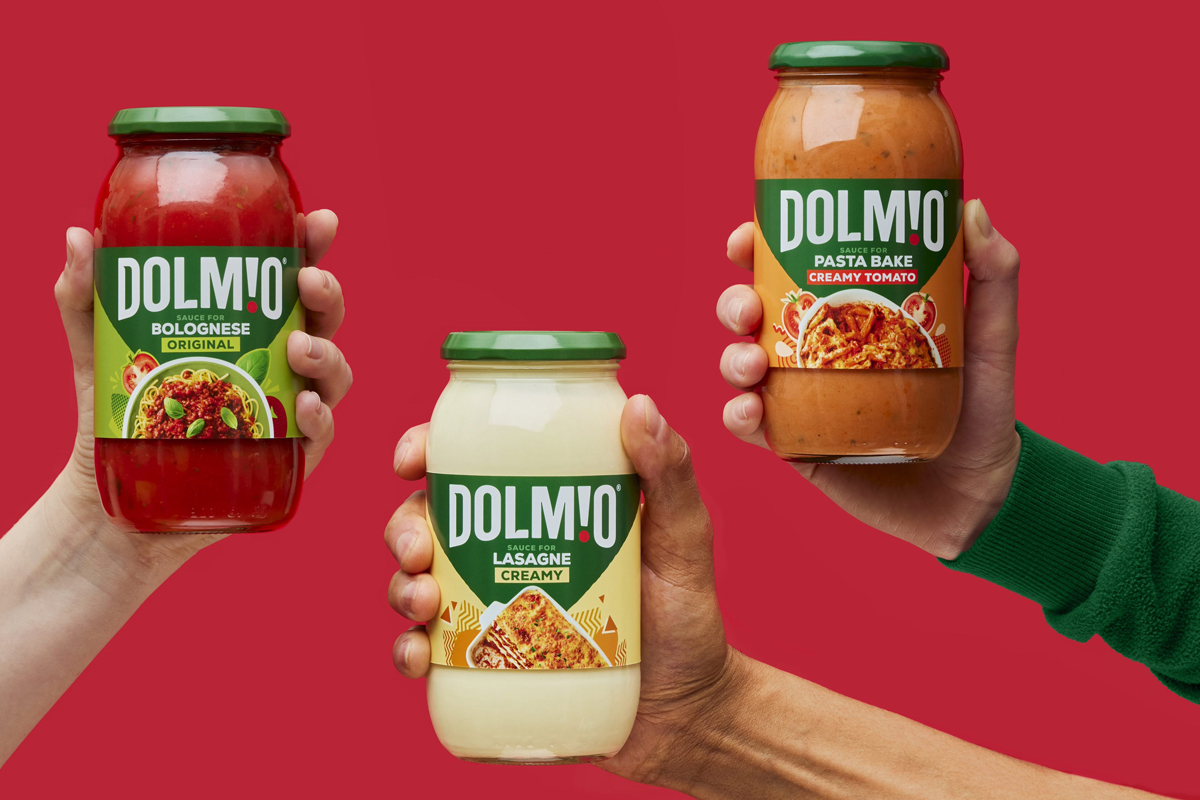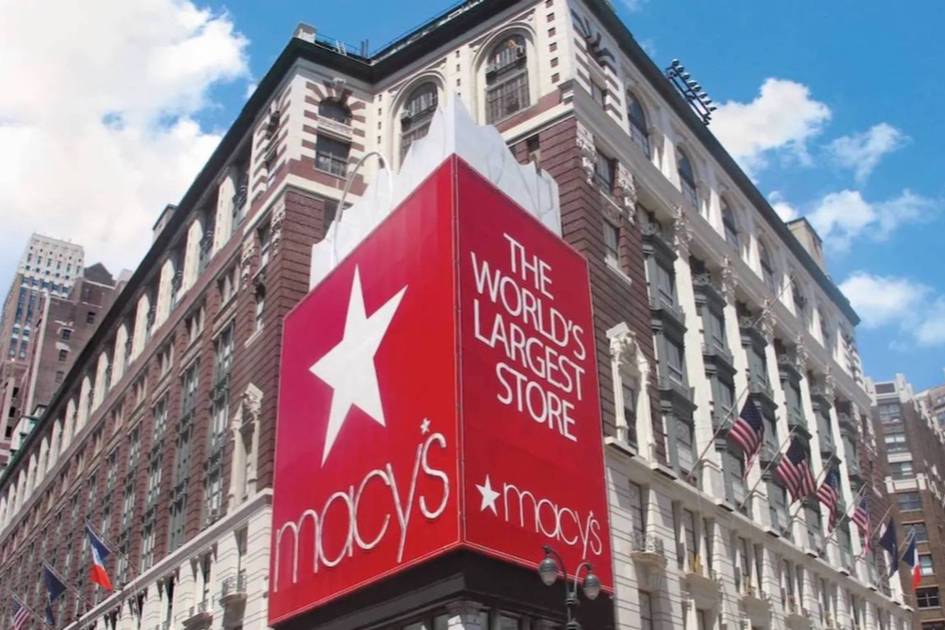Dolmio has reduced the size of its household staple product but maintained the original price, much to the disappointment of consumers.
Dolmio, a sauce manufacturer, has decreased the size of its entire range of 500g jars by 10 percent. The range includes bolognese, pasta bake, pasta, and lasagna sauces in various flavours. Designed to serve four people, the jars serve as a quick and easy meal base for meat or pasta.
However, customers have noticed a decrease in the size of the glass packaging while the price of £2.50 per jar remains unchanged. Dolmio’s creamy lasagne sauce, intended for five people, has been reduced from 470g to 440g but still costs £2.50.
Shrinking Products, Growing Costs
Sascha Mullen, a Twitter user with the handle @SaschaMullen, accused Dolmio UK of using shrinkflation. Mullen tweeted, “Sneaky sneaky @dolmio_uk, jars are 50g smaller yet still the same price! Did you think we wouldn’t notice #shrinkflation.”
Another added: “@dolmio_uk increasing the price and making the jars 50g smaller. Sneaky.” A third said, “what’s the story with changing yer jar shape??? And making them 50g less??? and charging the same price????”
Dolmio attributed the changes to rising costs. “Like everyone, we’ve experienced significant cost increases across our raw materials and operations, something that we are continuing to see,” the owner of Dolmio, Mars Food and Nutrition UK, said.
The owner of Dolmio stated that they had been covering increasing costs for quite some time, but due to mounting pressure, they had to implement further measures. The owner also mentioned that reducing the weight of their jars was a tough decision, but their main focus remains on delivering high-quality and delicious products.
Although shops can set their own prices, customers might find the product on sale. Currently, Tesco offers a Clubcard deal on 450g jars for £1.65, compared to the regular price of £2.50. This offer is valid for deliveries until September 3rd. Sainsbury’s customers with a Nectar card can also purchase the sauces for £1.65.
What Is Shrinkflation?
Shrinkflation occurs when the size or quantity of a product decreases while its price remains constant. This business strategy allows companies to offset rising costs without directly increasing consumer prices. As a result, shoppers receive fewer products for their money.
In contrast, Arizona Iced Tea has bucked the trend. Despite rising grocery prices and the widespread adoption of shrinkflation by other brands, Arizona has maintained its 99-cent price for an impressive 32 years.
Don Vultaggio, the company’s co-founder and CEO, described this approach as his “little way to give back” to consumers. Reducing product size is a less noticeable strategy for food manufacturers to offset rising costs compared to increasing prices, making it a popular choice among them.
Sarah Coles from Hargreaves Lansdown investment firm believes Mars Food is facing difficulties because it sells premium brands in a market where shoppers are opting for cheaper own-brand products to save money.
As Mars products are often considered non-essential, consumers can easily exclude them from their shopping lists. Mars can maintain key price points without compromising profit margins by adopting shrinkflation. As they navigate the challenging market conditions, other premium food brands will likely replicate this strategic move in the coming months.
Consumer Group Calls For Transparency
Consumer group Which? is urging supermarkets and manufacturers to be more transparent about shrinkflation and skimpflation. The organization reported a surge in consumer complaints about products that have decreased in size or quality while maintaining their original price.
The examples included tea bags and sausages with reduced pork content. The British Retail Consortium stated that retailers are attempting to mitigate rising production costs by limiting price increases.
Which? Identified the following examples of shrinkflation:
- Listerine Fresh Burst mouthwash decreased from 600ml to 500ml while its price increased by 52p at Tesco.
- PG Tips Tasty Decaf Pyramid tea bags were reduced from 180 to 140 bags at several supermarkets.
- Kettle Chips Sea Salt and Crushed Black Peppercorns Crisps shrank from 150g to 130g at Tesco.
- Yeo Valley Organic Salted Spreadable was reduced from 500g to 400g at both Sainsbury’s and Tesco.
Which? also discovered that some product recipes have been modified to include less expensive ingredients:
- Sainsbury’s ‘Clotted Cream Rice Pudding’ has completely replaced clotted cream with whipping cream and has undergone repackaging.
- The avocado content in Morrisons’ 150g guacamole has decreased from 80 percent to 77 percent.
- The amount of beef in a 1.5kg Tesco Beef Lasagne has dropped from 23 percent to 19 percent.
- Waitrose Butter Chicken Curry now contains less chicken, with the percentage reduced from 47 percent to 41 percent.
The group acknowledges that these changes occurred during a period of soaring food inflation. Their food inflation tracker indicates that prices peaked at a staggering 17 percent year-on-year last April. The consumer group’s research reveals that shoppers frequently pay higher prices for smaller or lower-quality products.
“Supermarkets and manufacturers must be more upfront by making sure changes to popular products are clear, and by ensuring that unit pricing is prominent, legible and consistent in-store and online so that shoppers can easily compare prices across different brands and pack sizes,” retail editor for Which?, Ele Clark said.
Andrew Opie, director of food and sustainability at the British Retail Consortium, claimed that manufacturers, not retailers, were primarily responsible for the shrinkflation examples cited by Which?.
“Nonetheless, given the challenges facing households from the cost of living squeeze, retailers are solely focused to find ways to limit rising prices for customers against the rising cost of production, while maintaining the excellent quality of products,” Mr Opie said.
“Prices and sizes of all products are clearly labelled so that customers can make informed decisions about their purchases.” As consumers grapple with the rising cost of living, the practice of shrinkflation is becoming increasingly prevalent. While businesses contend with rising costs, the burden ultimately falls on shoppers receiving less for their money.







